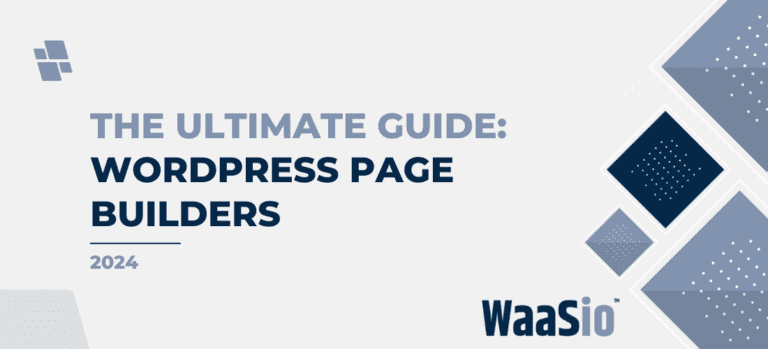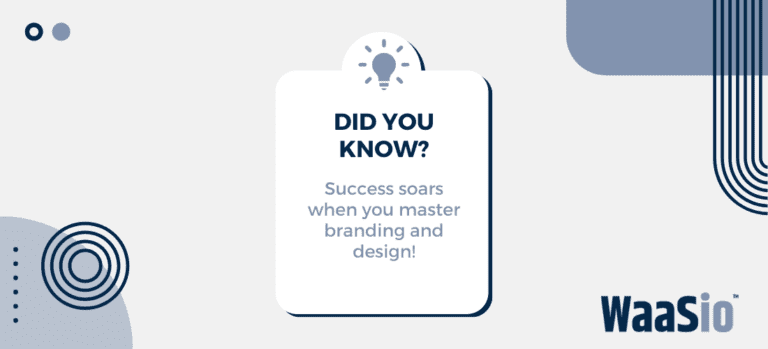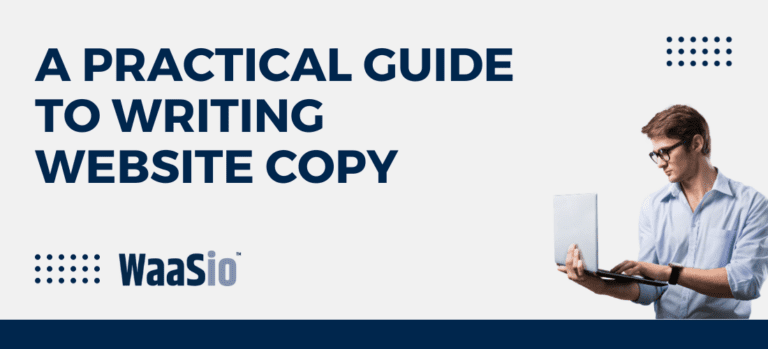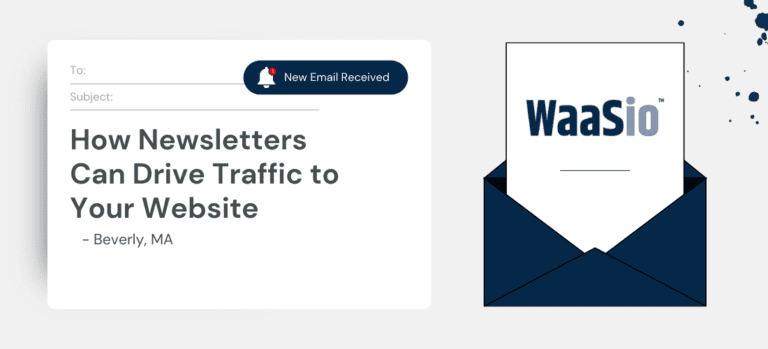
Introduction to WordPress User Roles and Permissions
At the heart of WordPress is a powerful system for managing users and what they’re allowed to do on your site. Whether you run a blog, business page, or e-commerce platform, understanding these roles and permissions is crucial.
What Are User Roles?
User roles determine the level of access each user has to your WordPress website. Think of them as a set of special privileges that can be assigned to your team members based on their responsibilities within your organization.
Permissions Explained
Permissions — also known as capabilities — are specific actions that users can perform, which vary depending on their role. These range from writing and editing posts to managing plugins and changing site settings.
- Super Admin: Has access to the network administration features and all other features. Found only in a WordPress Multisite Network.
- Administrator: Has full power over the site and can do absolutely everything.
- Editor: Can publish and manage posts as well as manage other people’s posts, etc.
- Author: Can publish and manage their own posts.
- Contributor: Can write and manage their own posts but cannot publish them.
- Subscriber: Can manage their profile only.
Understanding and managing WordPress user roles and permissions is vital in limiting errors, securing your site, and ensuring a smooth operational flow. This foundational knowledge prepares you to dive into the default user roles that WordPress offers before exploring more advanced user management and customization options.
Next, we’ll look at Understanding Default WordPress User Roles, where we detail what each role can do and how you can utilize this information to improve your site management process. Stay tuned for insights on how WaaS (Website as a Service) can help to enhance this management further.

Understanding Default WordPress User Roles
WordPress comes with pre-defined user roles that cater to different levels of access. These roles are central to managing WordPress user roles and permissions.
The Core Roles
- Administrator: Has full control over the site, able to change themes, modify code, and manage user roles.
- Editor: Can manage and publish posts, including those written by other users.
- Author: Can publish their own posts and manage them.
- Contributor: Has the ability to write and manage their own posts but cannot publish them.
- Subscriber: Can only manage their profile and read content.
Role Hierarchy
These roles follow a hierarchy from the bottom up, starting with the Subscriber, who has the least permissions, to the Administrator, who has the most.
Why it Matters
Understanding these roles is crucial for maintaining order and governance on your site. It ensures that users have the necessary permissions to perform their tasks without compromising site security.
Moving Beyond the Basics
While default roles are designed for general use, they might not fit the unique needs of all businesses. This is where managing WordPress user roles and permissions essential, allowing further refinement of what each user can or cannot do.
In the upcoming section, we’ll delve into how you can customize user permissions to create a more tailored management system that aligns with your specific requirements. This customization is particularly pertinent when integrating WordPress as a Service (WaaS), which simplifies processes and enhances capabilities within WordPress by offering a cloud-based platform for managing multiple websites.

Customizing User Permissions for Advanced Management
With the basics of WordPress user roles covered, it’s time to dive into how you can tailor these permissions to fit the unique needs of your site. Customization is key for advanced management, allowing you to fine-tune access and streamline operations.
User Role Editor: A Tool for Customization
The User Role Editor plugin grants you the power to:
- Modify existing roles and their capabilities.
- Create new roles with specific permissions.
- Assign multiple roles to a single user.
- Delete unnecessary roles to keep your site organized.
Crafting Custom Roles
When creating custom user roles, consider:
- The necessary tasks a user must perform.
- Minimizing permissions to enhance security.
- Consistency in role capabilities across similar positions.
Practical Examples:
Imagine a scenario where a freelancer needs temporary backend access. You might:
- Create a ‘Temporary Admin’ role.
- Limit their capabilities to specific projects.
- Revoke their role once the task is completed.
Or, if you have a content team, you’d want to:
- Establish a ‘Content Editor’ role.
- Give them permissions to edit and publish posts, but not install plugins.
By customizing user permissions, you ensure that each role is designed with purpose and precision, enhancing both security and productivity on your WordPress site.
Moving forward, let’s explore the crucial role of WaaS (WordPress as a Service) in streamlining this entire process of user role management.

The Role of WaaS in Streamlining WordPress User Management
WordPress as a Service (WaaS) is a powerful approach to managing a multitude of WordPress websites. It simplifies the intricacies involved with WordPress user role management. Let’s dive into how WaaS contributes to more efficient user management:
Centralized User Control
- Unified Access: Manage user access across multiple sites from a single dashboard.
- Role Synchronization: Standardize user roles and permissions across all your WordPress installs.
Automated User Role Assignment
- Auto-assignment: Automatically assign predefined roles to new users based on criteria like email domain.
- Bulk Changes: Implement role changes to users across different websites simultaneously.
Enhanced Security Measures
- Permission Oversight: Monitor and audit changes in user permissions in real-time.
- Restricted Access: Easily limit user access to prevent unauthorized changes, enhancing security.
By leveraging WaaS solutions, administrators can enjoy:
- A streamlined process for managing roles and permissions.
- Time-saving through automation and bulk operations.
- Greater consistency and security in user role management.
In adopting a WaaS approach, you’ll also prepare for an environment that’s ready for scaling, ensuring that as your network grows, so does your capacity for efficient management. This segues perfectly into Best Practices for Managing WordPress Permissions Securely, ensuring that your streamlined system is not just efficient but also secure.
Preparing for Advanced User Management
It’s evident that integrating WaaS is transformative in handling WordPress user roles. Preparing to move onto ensuring secure permission management will further solidify your user role strategy.

Best Practices for Managing WordPress User Roles and Permissions
Maintaining the security of your WordPress site is crucial, and effectively managing permissions plays a significant role. Here are best practices to ensure your WordPress permissions are secure:
- Regular Updates: Keep WordPress core, themes, and plugins up to date to protect against vulnerabilities.
- Principle of Least Privilege: Assign user roles based on necessity—only give users the access they need to perform their tasks.
- Strong Passwords: Enforce strong password policies to prevent unauthorized access.
- User Role Auditing: Periodically review user roles and permissions to remove inactive users and adjust privileges as required.
- Use Trusted Plugins: Only install reputable plugins for role management, and ensure they are maintained and supported.
Securing Login Processes
Implement two-factor authentication (2FA) for added security during login, and limit login attempts to prevent brute force attacks.
Data Access Management
Restrict file permissions on the server side to prevent unauthorized changes and data leakage. Use secure connections, such as SFTP or SSH, when accessing your site’s files.
By adhering to these guidelines, you can help safeguard your WordPress installation and its data. Now, let’s explore how tools and plugins can further enhance WordPress user role management.

Tools and Plugins to Enhance WordPress User Role Management
When managing a WordPress website, having the right tools can simplify the process of user role management. Beyond the default capabilities, specialized plugins can provide granular control over permissions, enhancing security and operational efficiency. Here are some essential tools:
- User Role Editor: This plugin allows administrators to create, modify, and delete roles and capabilities, giving precise control over what users can and cannot do.
- Members: Members is a plugin that provides an advanced role and capability management system. It’s intuitive and offers features like role cloning and content permissions.
- WPFront User Role Editor: Perfect for businesses, this plugin offers dynamic options for managing user access, including navigation menus and widgets based on roles.
Integration with WaaS
WaaS (WordPress as a Service) platforms can leverage these tools to further streamline user role management across multiple websites:
- Multisite Role Sync: Synchronize user roles across your entire network, ensuring consistency and saving time on multisite networks.
- WP Ultimo: This WaaS-specific tool simplifies the creation and management of user roles across your network.
Automating Role Assignments
Automation can be a game-changer, especially with plugins that support auto-assignment of roles based on specific criteria, such as:
- New User Approve: Automates new user role assignments upon admin approval, streamlining the onboarding process.
- User Registration: Allows for automated role assignment during the user registration process, ideal for membership sites.
Incorporating these tools into your WordPress site can significantly reduce manual oversight, improve workflow, and secure your digital environment. As you move towards best practices for management, remember to ensure that any added plugins are kept up-to-date to maintain the integrity of your site’s security.
Now that we’ve explored the invaluable tools for optimizing user role management in WordPress, let’s dive into the final segment of our guide—ensuring best practices are upheld for maximum security and efficiency.

Conclusion: Maximizing Efficiency with WordPress User Role Management and WaaS
In conclusion, effectively managing WordPress user roles and permissions is crucial for maintaining a secure and efficient website. Integrating WordPress as a Service (WaaS) can bring numerous benefits to your user role management strategy. Let’s recap the key points:
- Streamlined Workflow: By utilizing WordPress defaults and custom roles adequately, you can ensure a smooth workflow and operations.
- Enhanced Security: Properly assigned permissions protect your site from accidental misuse or intentional harm.
- Customization: Tailoring permissions according to your organizational needs can greatly improve productivity and efficiency.
- Incorporation of WaaS: It simplifies management tasks through centralized control over various WordPress sites.
- Adoption of Best Practices: Always update roles and capabilities in line with best security practices to avoid potential risks.
- Usage of Tools: Employ plugins and tools tailored to role management to enhance functionality and ease of use.
Looking Forward
As we move forward, consider the future developments within WordPress and WaaS and how these might influence user role management. Keep abreast of updates and continue to refine your approach accordingly.
To sum up, effective user role management in WordPress, complemented by the power of WaaS, can lead to a more efficient and secure web experience. Implementing the strategies discussed throughout this guide will ensure that your site remains well-organized, roles are clearly defined, and operations run seamlessly.
Stay vigilant, be proactive in management, and watch your WordPress platform flourish under the guidance of robust user role protocols and the dynamic capabilities of WaaS.














